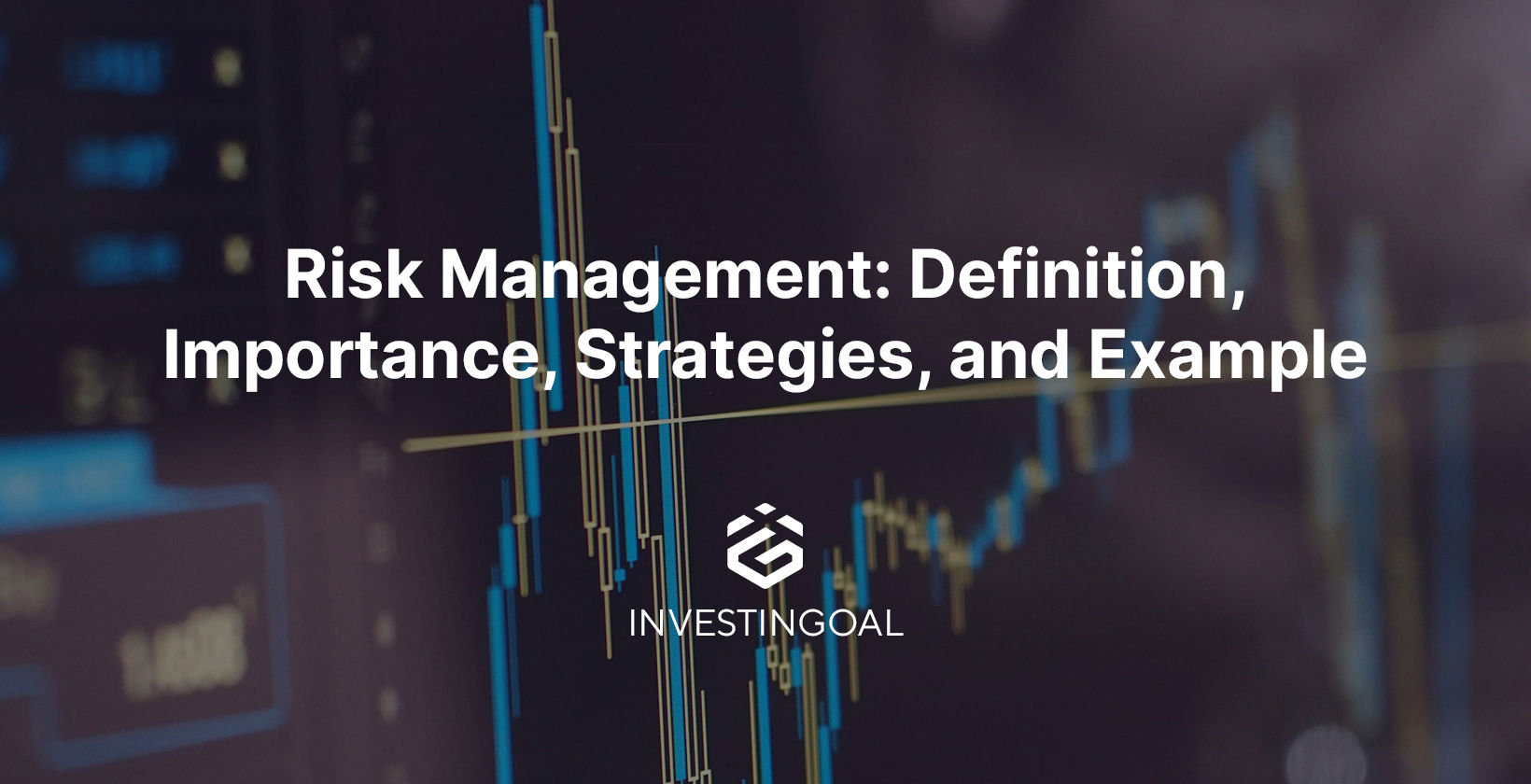The Crucial Relevance of Risk Management in Achieving Organizational Goals
In the swiftly progressing business landscape, the ability to browse unpredictability has come to be a vital. This is where Risk Management actions in, providing an organized approach to recognizing, examining, and mitigating prospective barricades to progress. It's greater than simply a safety procedure - it's a calculated device, promoting durability and innovation. As we check out the essential role of Risk Management in achieving organizational objectives, one can't wonder but help: exactly how does this translate right into real-world success?
Comprehending the Concept of Risk Management in Service

The Indispensable Role of Risk Management in Strategic Preparation
Incorporating Risk Management into tactical preparation serves as a guard for organizations, securing their lasting strategies with a solid foundation of readiness and resilience. It operates as the organization's radar, identifying potential dangers and vulnerabilities that could interrupt the course towards attaining their stated purposes. Risk Management provides a structure for expecting unpredictabilities and developing suitable reactions, ensuring the organization's survival and success also when faced with adversity. By integrating Risk Management into critical planning, companies can transform these unpredictabilities into possibilities for development and innovation. This strategic interweaving of Risk Management fosters versatility, making companies more durable and enabling them to navigate the ever-changing organization landscape confidently. Consequently, Risk Management comes to be an indispensable device in strategic planning, crucial in securing sustainable success.
Techniques for Identifying, Assessing, and Focusing On Threats
Browsing the complicated landscape of risks needs the application of particular methods for their analysis, recognition, and prioritization. The procedure begins with Risk identification, utilizing devices such as SWOT analysis, which assists in determining potential dangers and possibilities. Next, Risk analysis is conducted to identify the possible impact and likelihood of each Risk. Devices such as Risk matrices and impact-probability charts are utilized for our website this. Lastly, threats are focused on based upon their prospective impact and chance, allowing organizations to focus their sources on high-priority dangers. This methodical method ensures an extensive understanding of the Risk landscape, making it possible for organizations to make informed decisions and effectively manage dangers to accomplish their goals - importance of risk management.
Safeguarding Organizational Operations Through Effective Risk Management
In the business landscape laden with uncertainties, reliable Risk Management plays a pivotal duty in securing organizational procedures. By determining and analyzing prospective threats, Risk Management enables companies to establish durable contingency strategies. Organizations should invest in thorough Risk Management approaches to protect their operations.

Converting Potential Risks to Opportunities: The Power of Risk Management
An aggressive method to risk Management involves recognizing, examining, and prioritizing dangers to develop techniques that transform them into potential benefits. Therefore, by leveraging the power of Risk Management, organizations can not just protect their procedures but likewise stimulate development and achieve their goals Going Here in an unpredictable service atmosphere.
Case Studies: Success Stories of Risk Management Driving Company Objectives
Successful execution of Risk Management methods has actually generated impressive lead to various organizations, underscoring the merits of this method. Multinational firms like Microsoft and Google, for example, have leveraged Risk Management to lessen risks and manipulate possibilities, driving their organization purposes forward. Microsoft's positive Risk Management method helped it pivot swiftly during the 2020 pandemic, transitioning to remote job smoothly, consequently maintaining performance. Google, by analyzing and reducing prospective threats in its cloud-based solutions, has ensured continuous service, thereby strengthening client trust fund. These examples show exactly how effective Risk Management can not just steer organizations clear of potential pitfalls however also assist them towards their strategic purposes. Thus, Risk Management is important to the quest of business goals.
Conclusion
In final thought, Risk Management is basically crucial in attaining business goals. It offers a methodical strategy to recognizing, analyzing, and resolving potential threats and chances. More than just mitigating threats, go to the website it also promotes innovation, resilience, and sustainable growth. By incorporating Risk Management right into tactical planning, services can much better navigate unpredictabilities, secure operations, and capitalise on opportunities, thereby aligning with lasting goals.
At its core, Risk Management is the procedure of recognizing, examining, and addressing prospective risks that can negatively influence an organization's operations or objectives. Next off, Risk analysis is conducted to identify the potential influence and possibility of each Risk. Dangers are focused on based on their possible effect and likelihood, permitting organizations to concentrate their sources on high-priority dangers. By identifying and assessing potential dangers, Risk Management allows companies to establish durable contingency plans. A proactive approach to risk Management entails recognizing, assessing, and focusing on dangers to design approaches that turn them into possible benefits.